With failing math scores coming out of the Pandemic, students struggled to conceptualize complex math concepts.

Math education is challenging leaving students:
We built an immersive experience designed with the following:

COVID-19 severely disrupted high school education, and its impact still lingers. A generation of students was left isolated and behind, especially in math—by 2022, over one-third were failing their classes. Teachers faced growing pressure to curb cheating while passing failing students to meet quotas and avoid overcrowding.
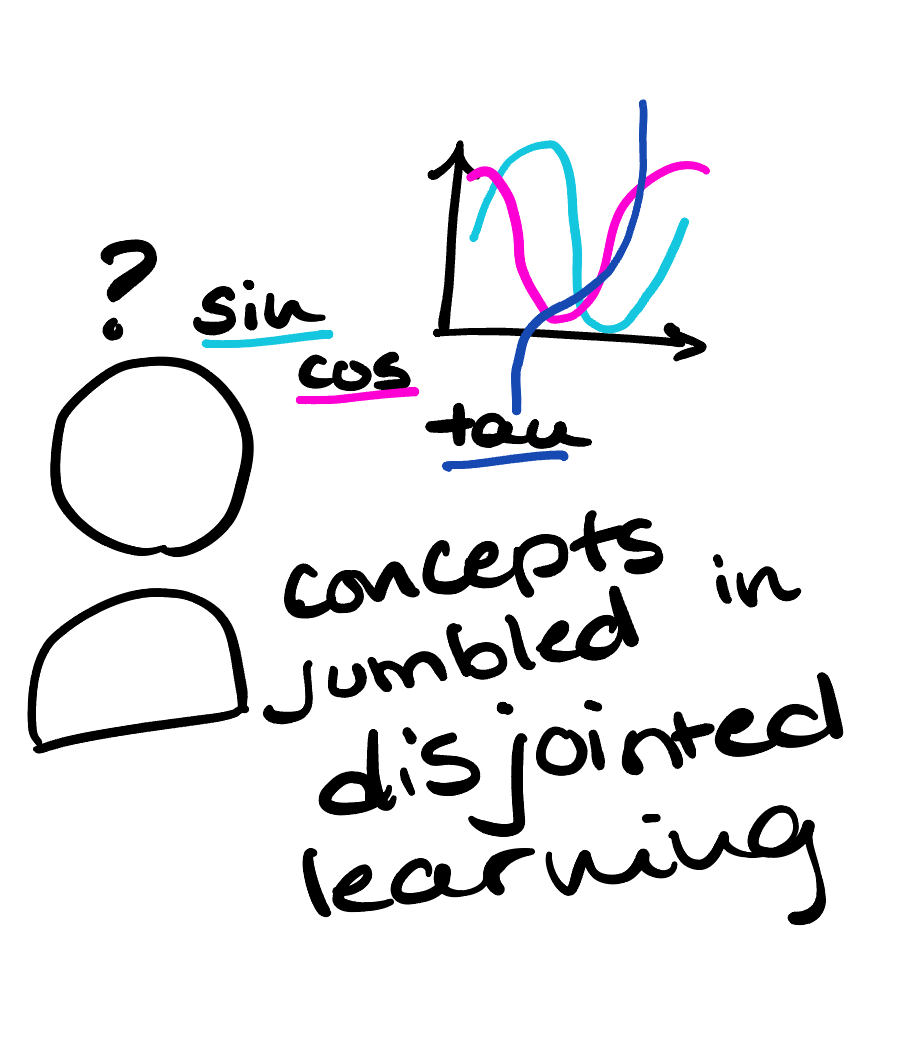
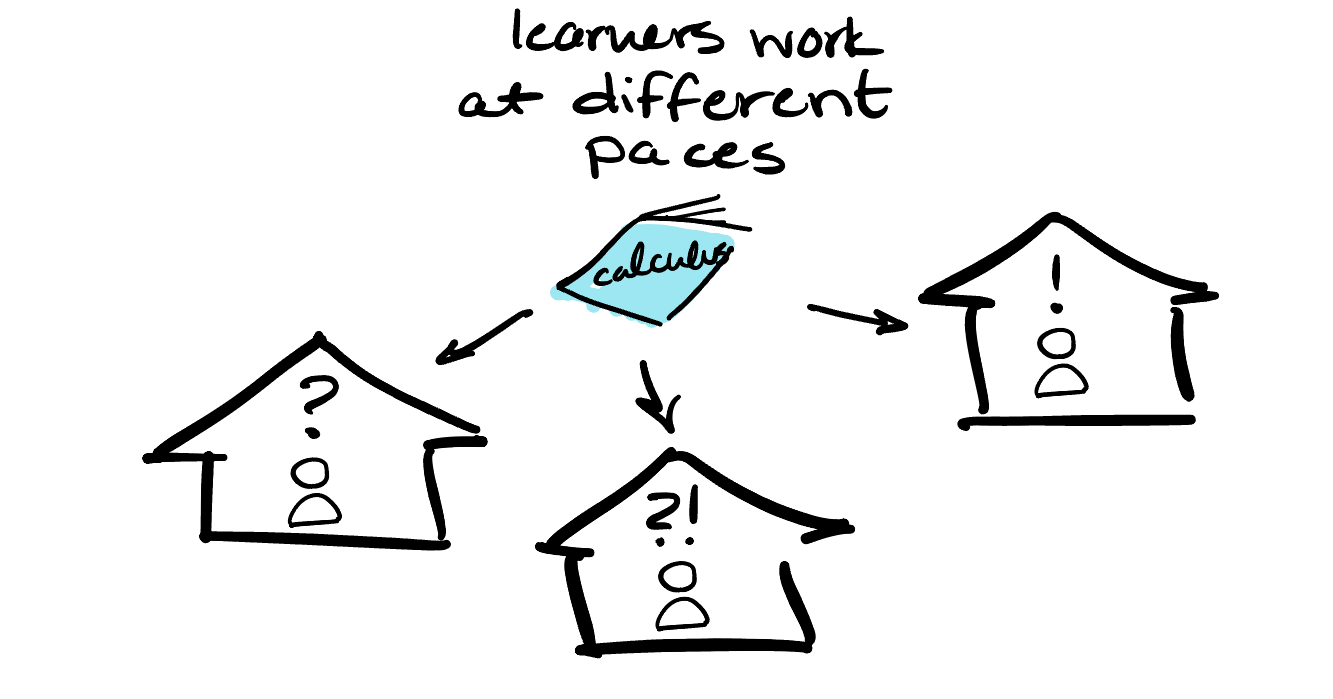
To tackle the wide challenges of math education, our team partnered with Discovery Education (DE), a leading digital learning platform. After IRB approval, we interviewed students and teachers to understand the current struggles from both sides.


For ideation, our goal was to solidify concepts from requirements to pitch for prototyping. With these findings, we formally ideated, aiming to connect math success with immersive learning. As a new team, we explored Crazy 8s and the "Yes And" method to find our best brainstorming synergy.
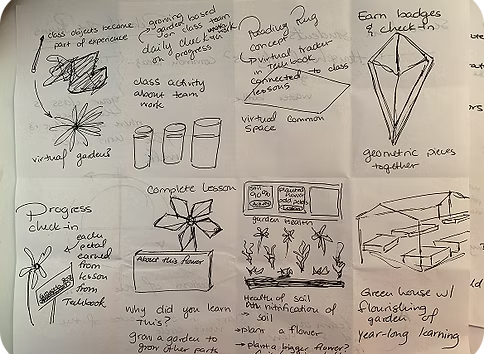
We used the Crazy 8's method—folding a paper into 8 sections and sketching different ideas—but it didn’t give us a clear direction for pitching concepts to our user groups.

I led "Yes, and..." sessions where teammates built on each other’s ideas by starting with “Yes, and,” adding new features or functions. This kept creativity flowing without early limitations.
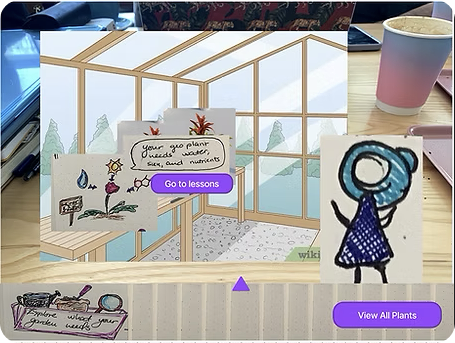
Garden book or greenhouse with different flowers representing lessons learned from the Discovery Education textbook.
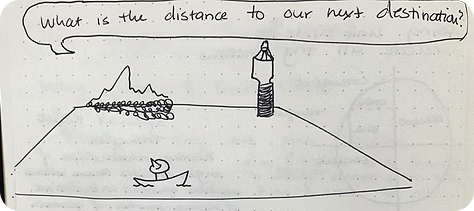
A town needing repair that can be done only by completing math problems
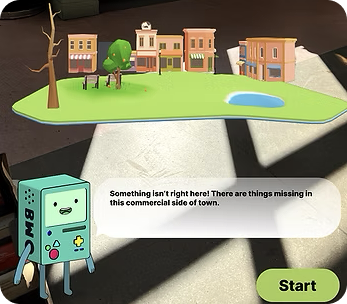
Map with with different places that get unlocked as more lessons & chapters are completed
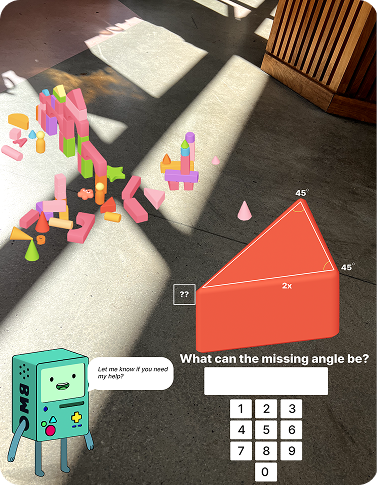
Solve in virtual space
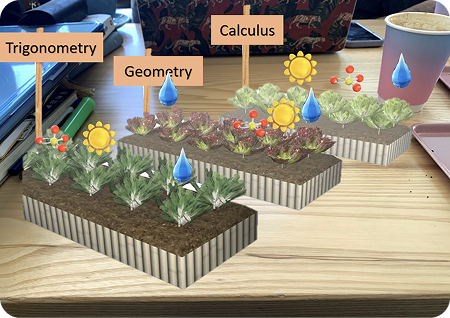
Put math problems within the real world -- use a garden for example
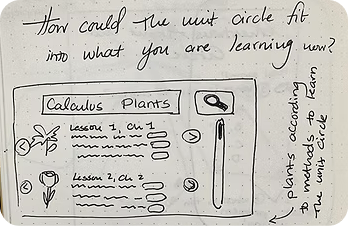
Categorize math-problem types & connect to textbook
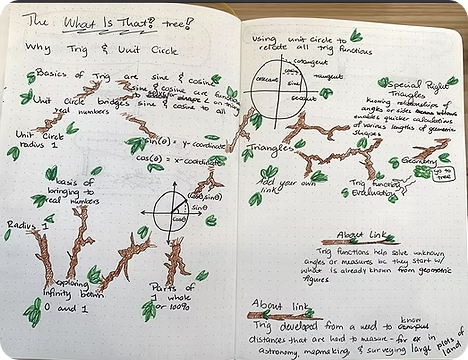
Track learning with a "learning tree", showing how all concepts connect and build off each other
How can we ensure customer privacy within the application and the business' internal systems?
To explore this space, our IT and data engineers added additional requirements.

Recognizable, pop-culture characters like BMO
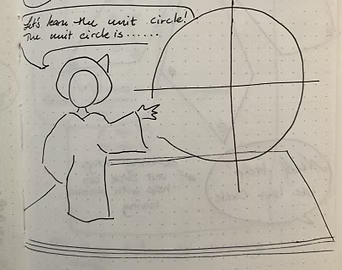
New character connected directly to story theme
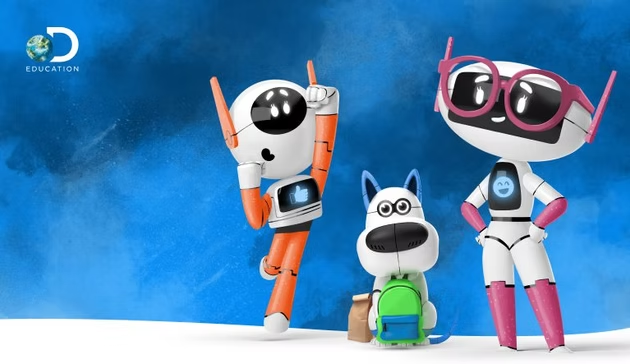
Map with with different places that get unlocked as more lessons & chapters are completed

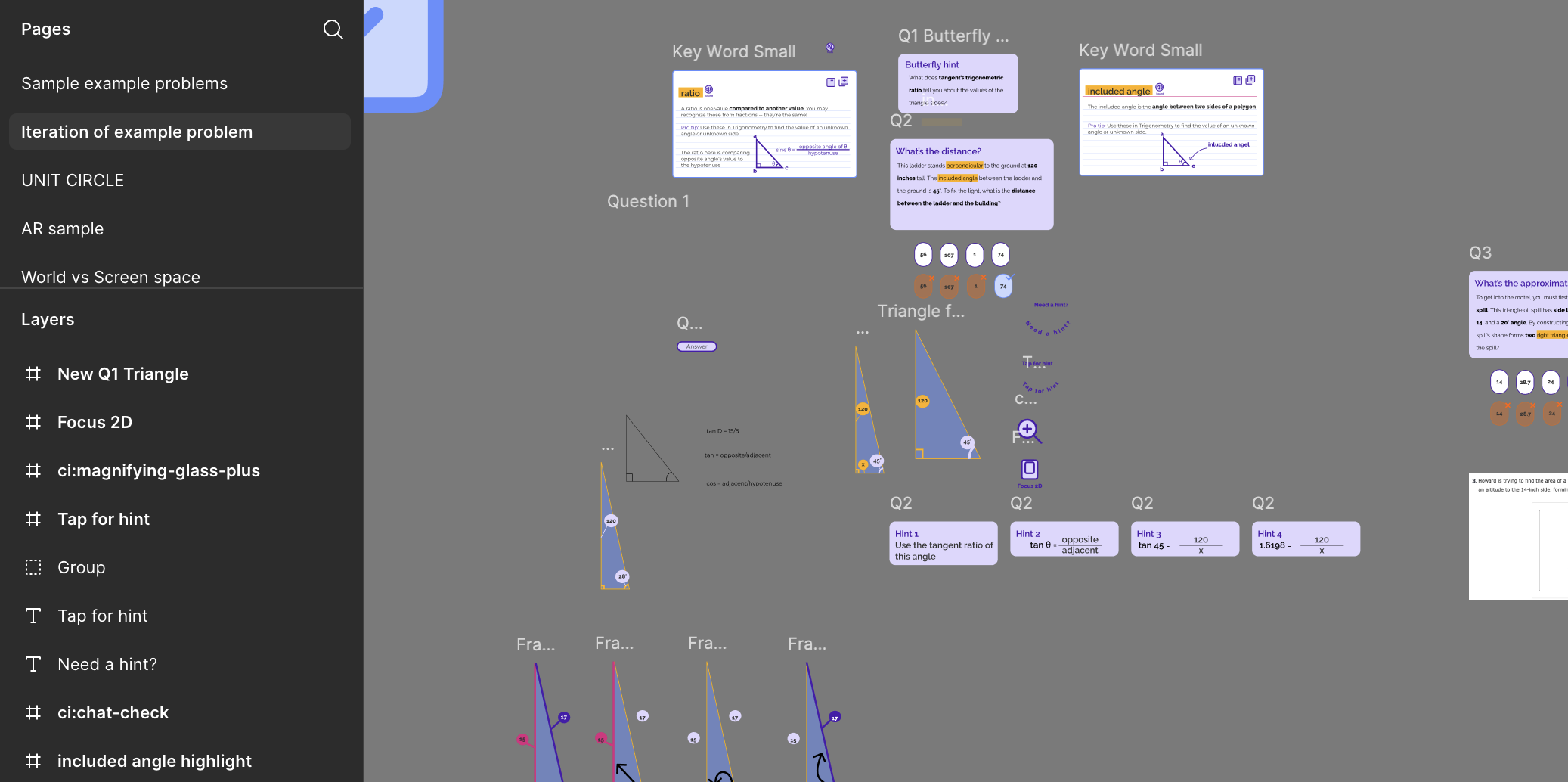
After solidifying our design ideas, we used Figma to prototype assets for our 3D space, creating an engaging environment for student testing. We designed a world devastated by a storm, where buildings could only be repaired by correctly answering calculus questions. Before testing, we secured IRB approval, as students are considered a vulnerable population and required ethical oversight.
After brainstorming names like "Quadtopia" and "Geo-land," we chose the name Archipelago. This name effectively merged the calculus concept of arc length with the literal meaning of a collection of islands, suiting our world-based game concept.

With math being a male-dominated area, we also took the opportunity to bring more visibility to leading women in mathematics. We named our color pallette after an influential women in math and included them as cartoon adaptations in our prototype.
Our design system, based on using Raleway typeface, used dark purple for our primary color, the light purple as our secondary, and several tertiary colors to choose from.



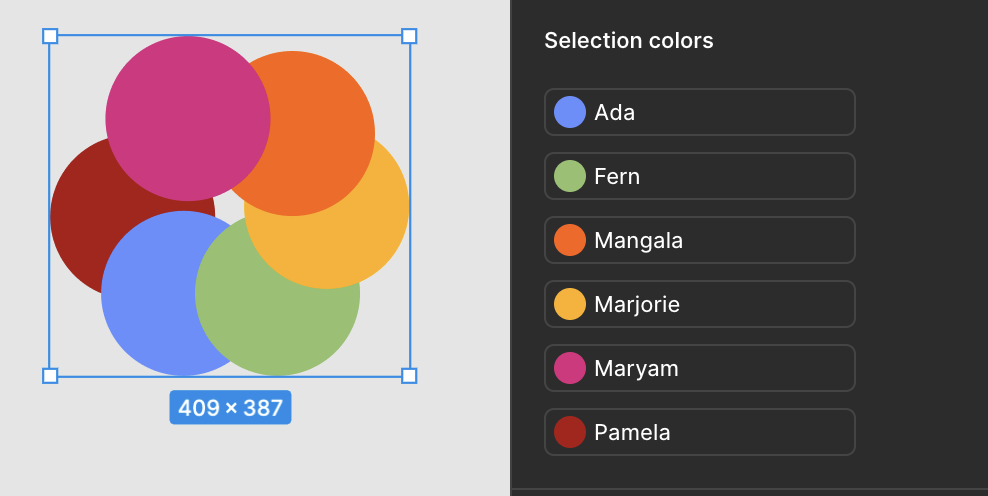
I also created a custom typeface to further cultivate our unique brand identity.

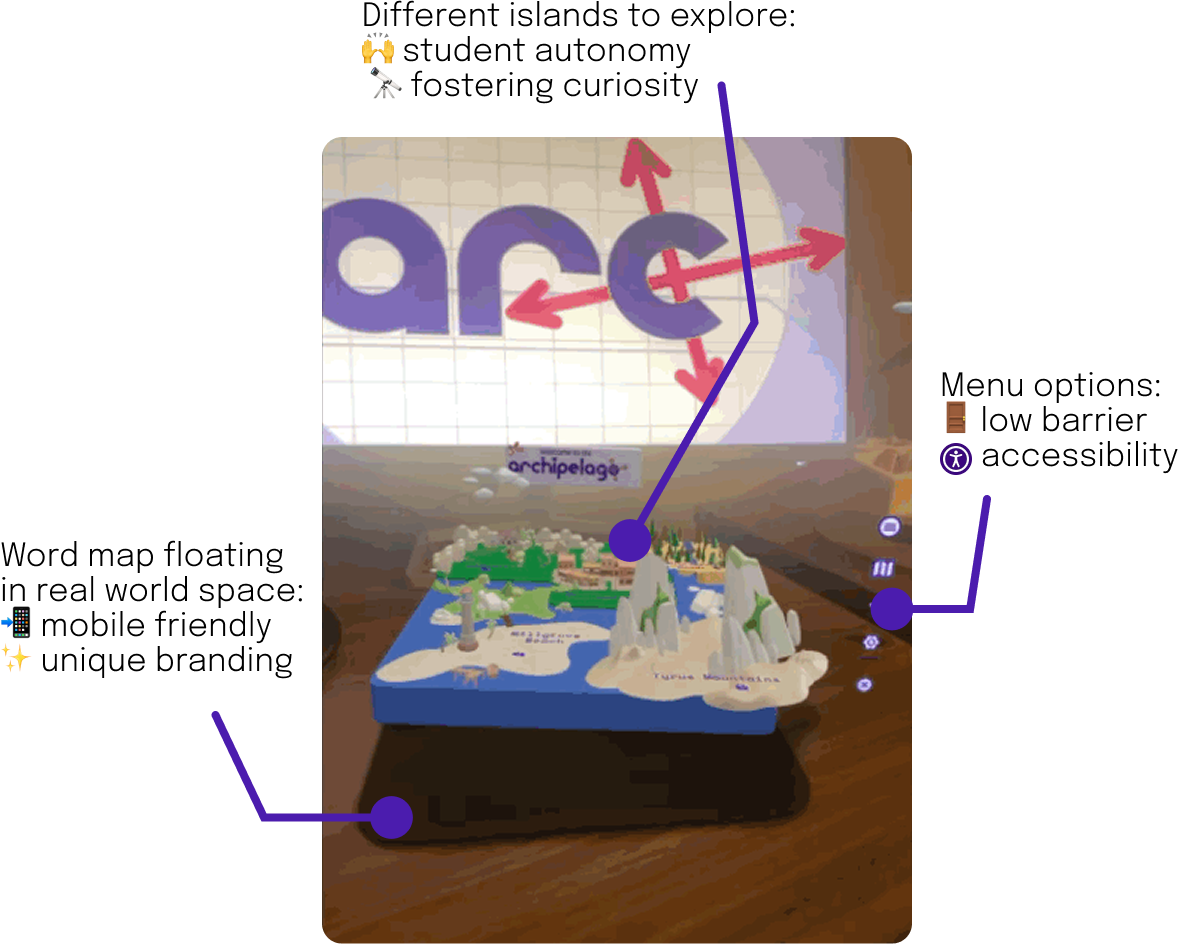
In our virtual world, a robot character—similar to the one used by Discovery Education—would guide users around the town, serving as a reference point for introducing them to the new environment and rules for problem solving.

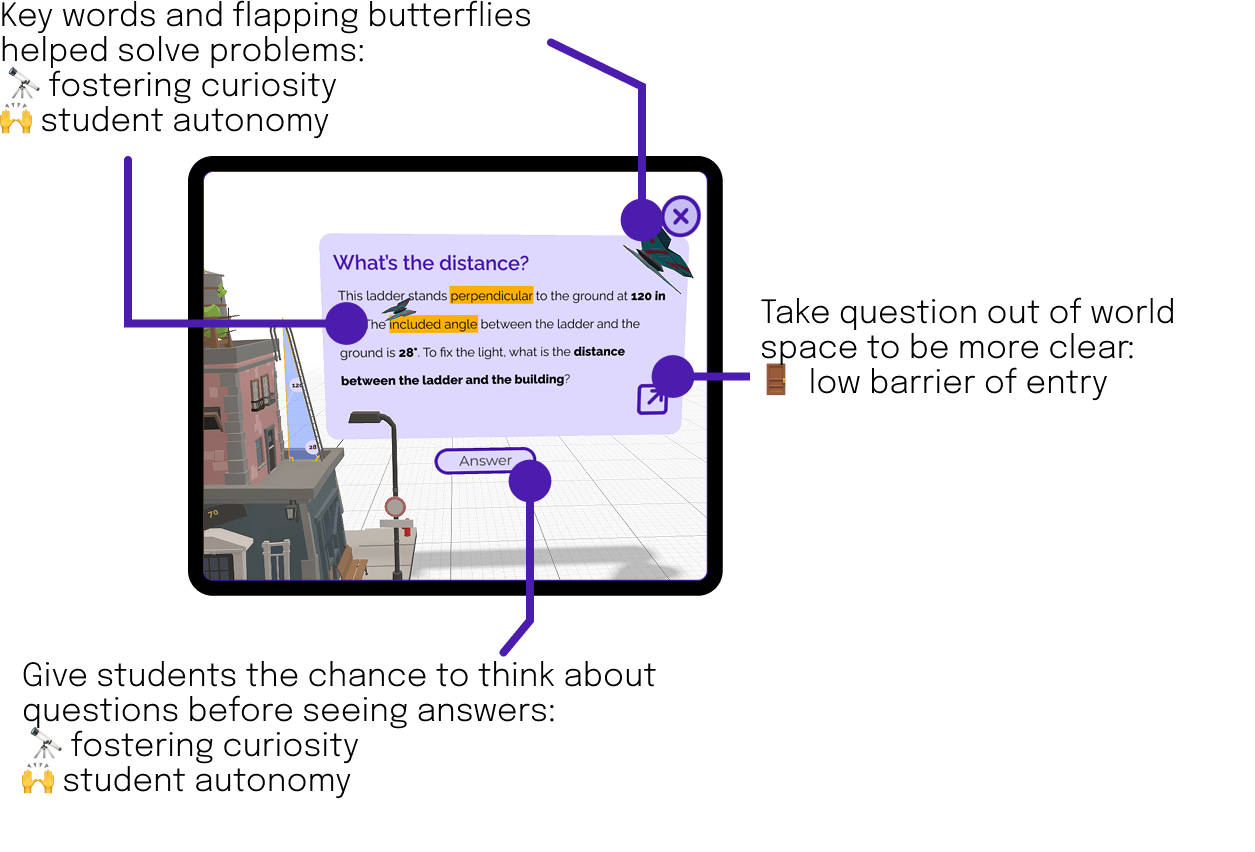
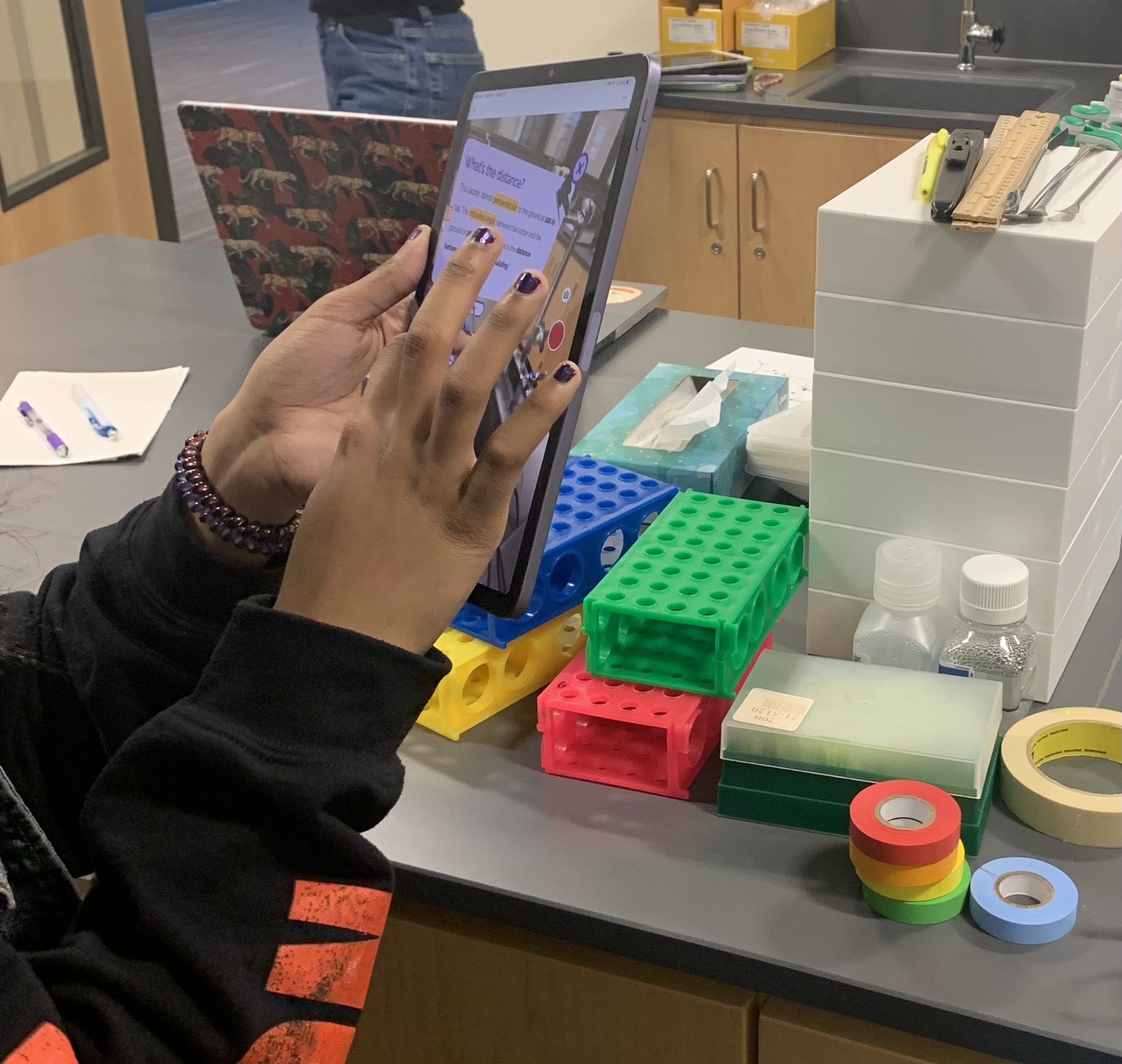
User testing confirmed the feasibility of our intervention and offered valuable insight into its impact. The evidence we gathered reinforced the potential of our design to support meaningful learning, setting a strong foundation for future development and iteration.
These insights have been handed off to our partner, Discovery Education, to support and inspire future iterations of the project.
